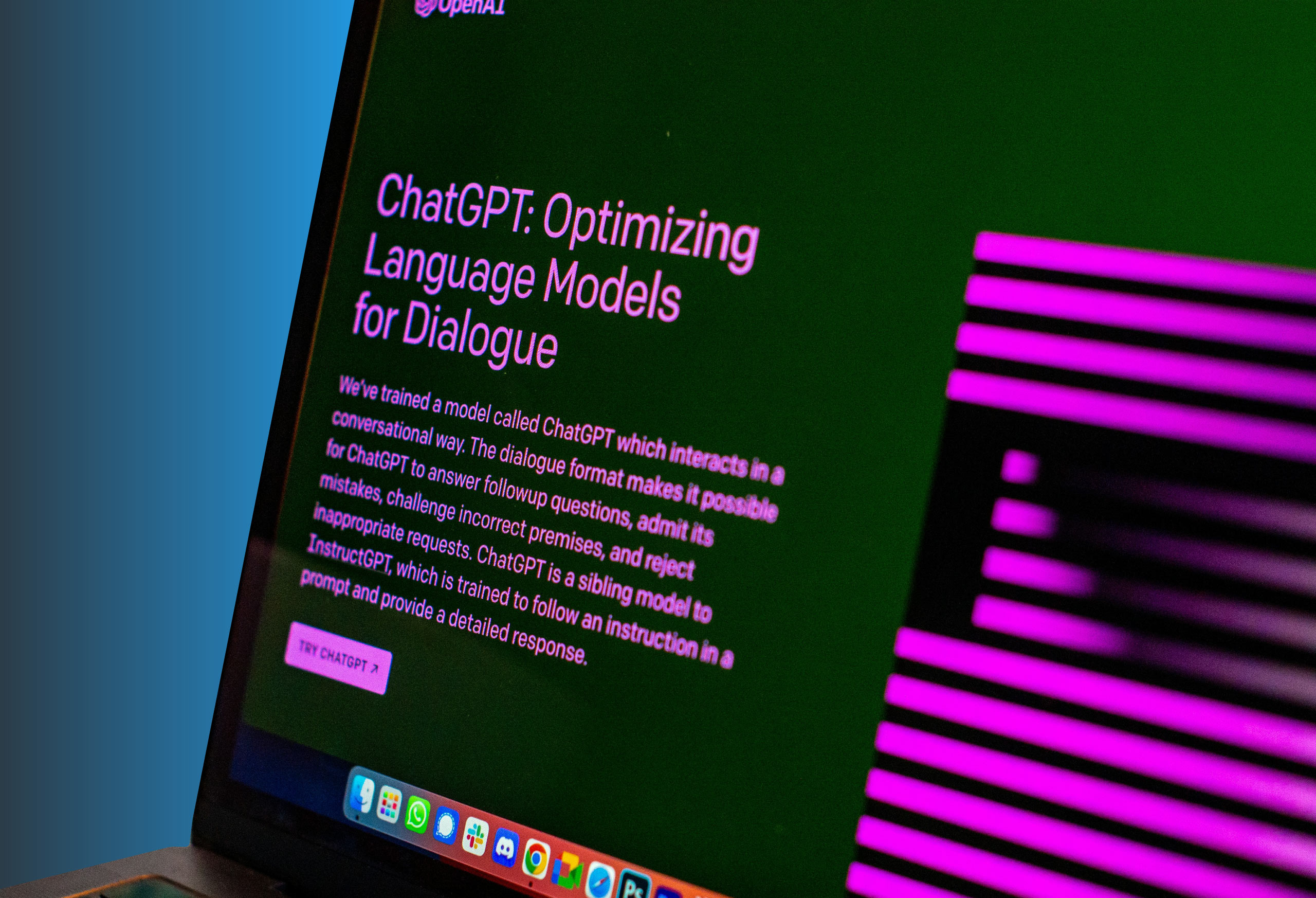3-Step Blueprint to a Speedy Public Cloud Migration
In the midst of COVID-19, IT engineers are left with little choice but to maintain servers and keep remote access solutions running continuously. Enter cloud-based infrastructures, which we all know are much easier to manage in a work-from-home environment and allow for more flexibility when the time comes to quickly scale up to accommodate spikes in demand.
If your organization hasn’t already migrated to the public cloud, you’re probably looking to do so now more than ever. Not only is the cloud cost efficient, it’s faster to deploy and more adaptable than traditional data centers and hardware—with a large array of options to keep your data secure.
Here’s a high level, 3-step blueprint for your engineers to ensure a migration to the public cloud is swift and successful.
1. Design a migration strategy.
A necessary skill for all engineers is the ability to properly analyze, assess and document their organization’s current environment in order to help design its migration strategy.
Here’s an example: let’s say a current application, such as a CRM or billing program, runs on server A. That application may also rely on server B for a web-based client interface (front-end) and server C for the SQL database. If engineers don’t understand this linkage, they stand the risk of moving applications out of order and potentially causing a severe business disruption.
The ability to identify key dependencies can ensure a more seamless migration and help prevent avoidable outages.
2. Create secure private networks in the cloud.
The security of company data is always a critical factor in designing a solution. When migrating to the public cloud, IT teams need to be sure that secure connections are made available for users both in the office and at home.
Implementing an encrypted site-to-site VPN from your office(s)/data center(s) to securely extend your network to the public is the first step. Understanding how to make sure your existing remote access solutions will continue to operate is critical, and while legacy End User VPN and VDI solutions can be extended to the cloud, leveraging Windows Virtual Desktop adds security and performance quickly and easily. By implementing Microsoft 365 solutions, Multi-Factor Authentication (MFA) can be configured to provide an extra layer in the authentication and access process.
While MFA helps to protect your connections, adding encryption to your virtual servers and data storage will provide an additional layer of security by protecting data at rest.
3. Understand and mitigate risk.
It’s important to remember that a migration of any sort comes with inherent risks, and whoever is responsible understands those risks and can help mitigate them.
One of these key risks is a datacenter outage. Providers, such as Amazon Web Services and Microsoft Azure, offer Service Level Agreements (SLA) for their infrastructure (typically starting at three nines: 99.9%). By architecting your cloud service for High Availability, you can receive a higher SLA (99.99%).
Bear in mind, the cloud provider only offers these SLAs for their underlying infrastructure. Should there be a problem with your VM’s operating system—perhaps due to a failed patch installation or data corruption—the client or your MSP is responsible for remediation. Having a Disaster Recovery solution that includes file-level backups and either cold or hot DR is a vital step that teams need to configure and manage.
If your organization is planning a cloud migration in response to COVID-19’s new normal, know that we provide our clients with automated provisioning, server monitoring and management, and a disaster recovery strategy. Contact us if we can support you during this time.
Share post
Featured Posts
Connect with us.
Need a solution? Want to partner with us? Please complete the fields below to connect with a member of our team.




